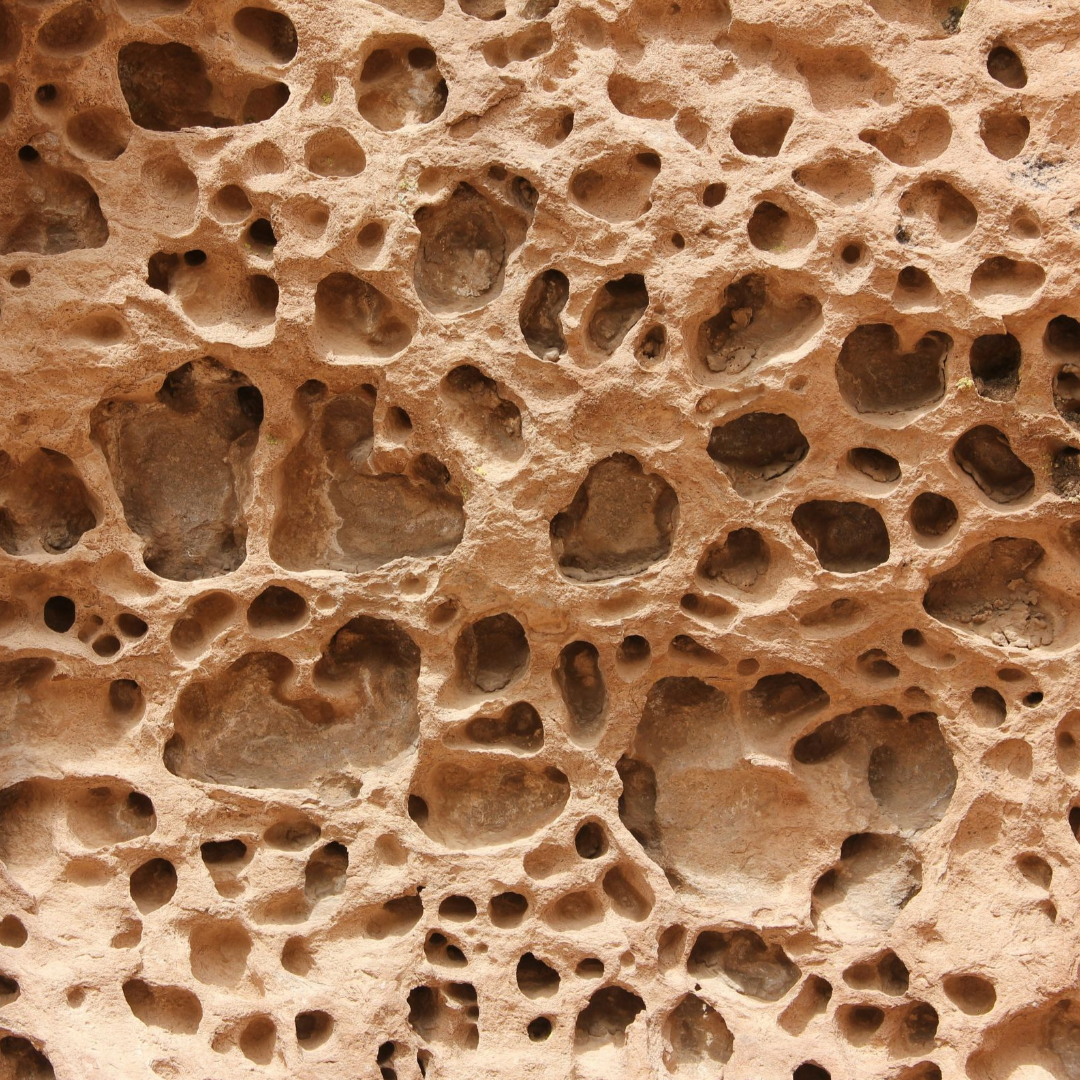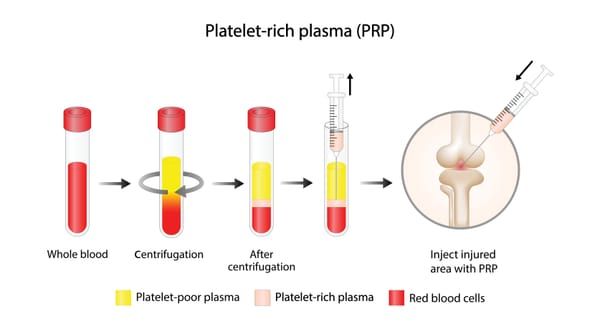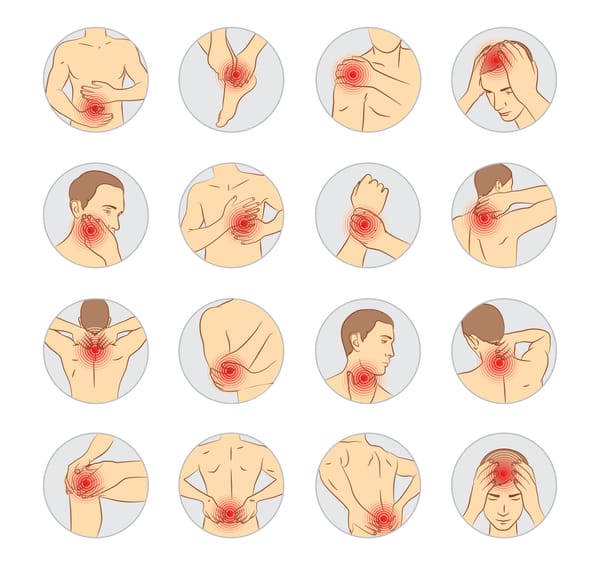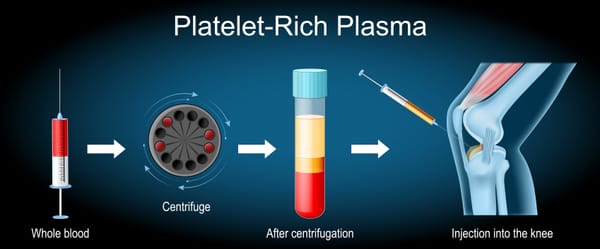Diagnosing Osteoporosis and Osteopenia: Understanding Bone Health

Osteoporosis and osteopenia are conditions that weaken bones, increasing the risk of fractures and impacting quality of life, especially as we age. While they share similarities, osteoporosis is more severe, and early diagnosis is crucial for preventing complications. Understanding how these conditions are diagnosed can empower individuals to take proactive steps toward better bone health. In this blog post, we’ll explore what osteoporosis and osteopenia are, their symptoms, risk factors, and the diagnostic process, all explained clearly for a general audience.
What Are Osteoporosis and Osteopenia?
- Osteoporosis: A condition where bones become porous, brittle, and prone to fractures due to significant loss of bone density and strength. It’s often called a “silent disease” because bone loss occurs without symptoms until a fracture happens.
- Osteopenia: A milder condition where bone density is lower than normal but not as severe as osteoporosis. It’s a precursor that may progress to osteoporosis if untreated.
Osteoporosis affects about 10% of adults over 50 globally, with women at higher risk, per a 2020 study in Journal of Bone and Mineral Research. Osteopenia is more common, affecting 30-50% of older adults. Early diagnosis is key to managing these conditions and preventing fractures.
Symptoms and Risk Factors
Both conditions are often asymptomatic until a fracture occurs, but certain signs and risk factors can prompt screening:
Symptoms
- Osteoporosis: Typically silent until a fracture occurs, often in the hip, spine (vertebral compression fractures), or wrist. Signs may include:
- Back pain from vertebral fractures.
- Loss of height or a stooped posture (kyphosis).
- Fractures from minor falls or no apparent trauma.
- Osteopenia: Usually asymptomatic, with no obvious signs until it progresses to osteoporosis or a fracture occurs.
Risk Factors
- Age: Bone density decreases after age 50, especially in postmenopausal women.
- Gender: Women are at higher risk due to lower bone mass and estrogen decline after menopause.
- Family History: A parent with osteoporosis or fractures increases risk.
- Lifestyle Factors: Smoking, excessive alcohol, low calcium/vitamin D intake, or a sedentary lifestyle.
- Medical Conditions: Rheumatoid arthritis, hyperthyroidism, or conditions requiring long-term steroid use (e.g., prednisone).
- Medications: Long-term use of corticosteroids, anticonvulsants, or certain cancer treatments.
- Body Type: Low body weight or small frame increases risk.
- Other Factors: Early menopause, low testosterone in men, or malabsorption disorders (e.g., celiac disease).
Diagnosing Osteoporosis and Osteopenia
Diagnosing osteoporosis and osteopenia involves assessing bone density, medical history, and risk factors. The process is straightforward, painless, and critical for early intervention. Here’s how it works:
1. Medical History and Risk Assessment
- History Review: Your doctor will ask about symptoms (e.g., fractures, back pain), medical history (e.g., conditions or medications affecting bone health), and lifestyle factors (e.g., diet, exercise, smoking).
- Risk Assessment Tools: Tools like the FRAX (Fracture Risk Assessment Tool) estimate your 10-year fracture risk based on age, gender, weight, history of fractures, and other factors. FRAX is often used to guide screening decisions.
2. Physical Exam
- Evaluation: The doctor may check for signs of bone loss, such as height loss, stooped posture, or tenderness in the spine.
- Mobility and Strength: Assessing balance or gait to evaluate fall risk, which is critical in osteoporosis.
3. Bone Density Testing (DEXA Scan)
- What It Is: Dual-energy X-ray absorptiometry (DEXA or DXA) is the gold standard for measuring bone mineral density (BMD). It’s a quick, non-invasive scan, usually of the hip and spine, using low-dose X-rays.
- How It Works: The scan compares your BMD to that of a healthy young adult, producing a T-score:
- Normal: T-score above -1.0.
- Osteopenia: T-score between -1.0 and -2.5.
- Osteoporosis: T-score -2.5 or lower.
- Severe Osteoporosis: T-score -2.5 or lower with a history of fractures.
- Who Needs It: Recommended for women over 65, men over 70, or younger adults with risk factors (e.g., fractures, steroid use, or early menopause), per the U.S. Preventive Services Task Force.
- Frequency: Every 1-2 years for those at risk, depending on initial results and treatment.
A 2021 study in Osteoporosis International found DEXA scans to be 90-95% accurate in diagnosing osteoporosis and predicting fracture risk.
4. Other Diagnostic Tests
- Quantitative CT (QCT): Measures BMD in the spine or hip, used when DEXA is unavailable or for complex cases. It’s less common due to higher radiation exposure.
- Ultrasound: Assesses bone density in peripheral sites (e.g., heel), sometimes used for screening but less precise than DEXA.
- Blood and Urine Tests: To rule out secondary causes of bone loss, such as:
- Calcium or vitamin D levels.
- Thyroid or parathyroid function (e.g., hyperthyroidism).
- Kidney or liver function (e.g., affecting bone metabolism).
- Markers of bone turnover (e.g., C-telopeptide or osteocalcin).
- X-rays: To detect fractures or vertebral deformities, often used after a fracture occurs.
5. Differential Diagnosis
- Doctors may rule out other conditions mimicking osteoporosis symptoms, such as multiple myeloma, metastatic cancer, or osteomalacia (soft bones due to vitamin D deficiency).
Treatment and Management After Diagnosis
While this post focuses on diagnosis, a confirmed diagnosis of osteopenia or osteoporosis typically leads to a tailored management plan, which may include:
- Lifestyle Changes: Calcium-rich diet (1,000-1,200 mg daily), vitamin D (800-1,000 IU daily), weight-bearing exercise (e.g., walking, strength training), and smoking cessation.
- Medications: Bisphosphonates (e.g., alendronate), denosumab, or hormone therapy for osteoporosis; monitoring for osteopenia.
- Fall Prevention: Balance training, home safety modifications, or assistive devices to reduce fracture risk.
- Regular Monitoring: Repeat DEXA scans to track BMD changes and assess treatment effectiveness.
A 2020 study in Journal of Bone and Mineral Research emphasized that early diagnosis and intervention can reduce fracture risk by 30-50% in osteoporosis patients.
Living with Osteoporosis or Osteopenia
Osteoporosis and osteopenia can feel daunting, especially since they’re often silent until a fracture occurs. After diagnosis, work closely with your healthcare team to create a management plan. Keep a record of symptoms, fractures, or risk factors to guide treatment. Support groups, through organizations like the National Osteoporosis Foundation (nof.org) or online platforms like Reddit, offer a space to connect with others and share coping strategies.
Emotional support is vital, as the fear of fractures can lead to anxiety or reduced activity. Lean on counselors, family, or friends for encouragement. Practical steps, like incorporating weight-bearing exercises, ensuring adequate calcium intake, or using non-slip shoes, can help maintain bone health and prevent falls.
Why Awareness Matters
Osteoporosis affects over 200 million people worldwide, with osteopenia impacting even more, yet many remain undiagnosed until a fracture occurs, per a 2020 review in Osteoporosis International. Routine screening, especially for those over 65 or with risk factors, can catch bone loss early, preventing life-altering fractures. Raising awareness about diagnosis ensures timely intervention and better outcomes.
If you’re over 65, have risk factors, or experience unexplained back pain or fractures, consult a primary care doctor, endocrinologist, or rheumatologist about bone density screening. Resources like the National Osteoporosis Foundation (nof.org) or the International Osteoporosis Foundation (iofbonehealth.org) offer valuable information and support.
By understanding the diagnosis of osteoporosis and osteopenia, we can empower individuals to protect their bone health and live actively. Let’s keep the conversation going—no one should face the risk of fractures alone.
Disclaimer: This blog post is for informational purposes only and not a substitute for professional medical advice. Consult a healthcare provider for diagnosis and management of osteoporosis or osteopenia.



